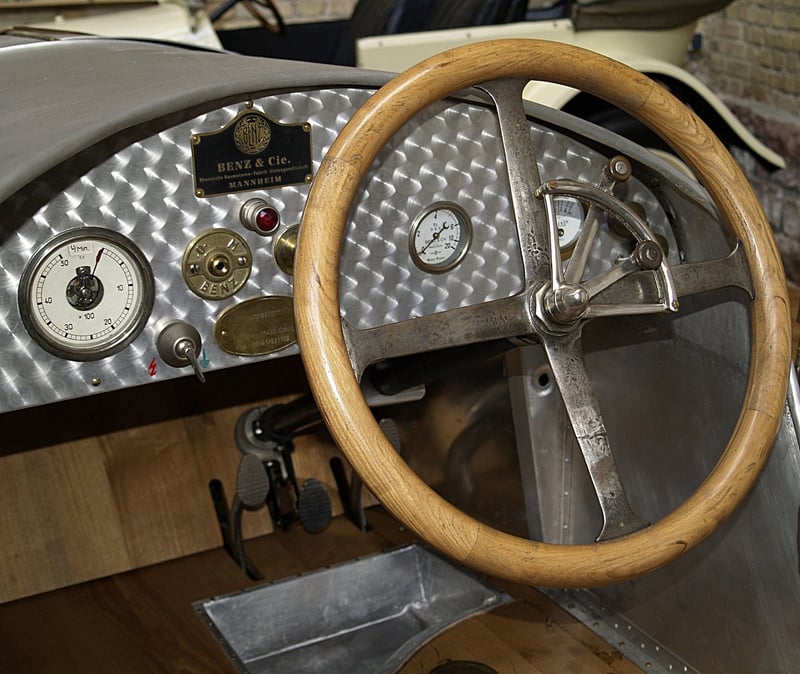Space Race
Exploring Pivotal Moments in the Space Race
The Space Race was a significant period of competition between the United States and the Soviet Union during the Cold War era. This rivalry led to numerous pivotal moments that shaped the course of space exploration and technological advancements. Let's delve into some of these essential milestones:
1. Launch of Sputnik 1 (1957)
The Space Race officially began with the launch of Sputnik 1 by the Soviet Union on October 4, 1957. This event marked the first artificial satellite to orbit the Earth, sparking fear and awe worldwide and prompting the U.S. to accelerate its space program.

2. Yuri Gagarin's Historic Spaceflight (1961)
In 1961, Soviet cosmonaut Yuri Gagarin became the first human to journey into outer space and orbit the Earth aboard Vostok 1. This achievement was a significant moment in the Space Race, solidifying the Soviet Union's lead in space exploration.

3. Moon Landing (1969)
On July 20, 1969, the United States achieved a monumental feat by landing Apollo 11 on the Moon. Astronaut Neil Armstrong took humanity's first steps on the lunar surface, delivering his famous line, "That's one small step for man, one giant leap for mankind."

4. Space Shuttle Program (1981)
The launch of the Space Shuttle Columbia in 1981 marked the beginning of NASA's Space Shuttle program. This reusable spacecraft played a crucial role in various missions, including deploying satellites, conducting experiments, and constructing the International Space Station.

These pivotal moments in the Space Race demonstrate the remarkable progress made in space exploration and continue to inspire future generations of scientists, engineers, and explorers.
For more information on the Space Race and its impact on society, you can visit NASA's Space Race page.
